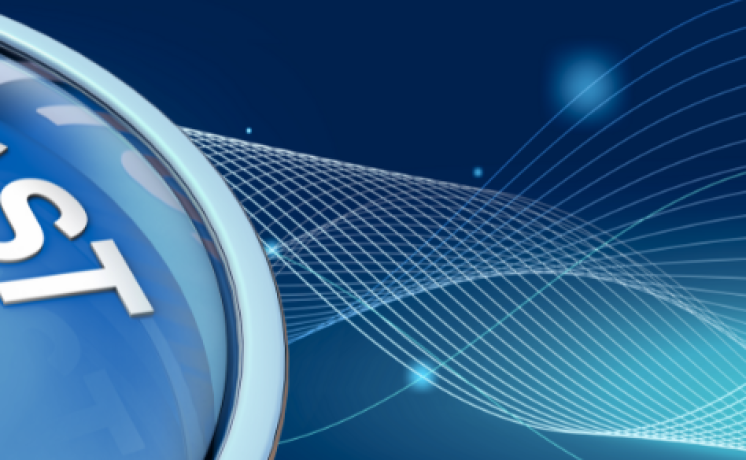You can probably name a few work tasks that you dread because they are repetitive and time consuming.
To make matters worse, when you check a spreadsheet or database, you inevitably find data entry errors. Surely, in this day and age, there must be a way to automate menial but necessary tasks and know that they are getting done right. Right?
Say Hello to RPA
Robotic Process Automation (RPA) is software that acts like a robot (bot) to emulate how humans interact with digital systems to execute routine or repetitive business tasks. As the concept of RPA evolves, artificial intelligence (AI) can help automate complex processes and tasks, allowing AI robots to go from “execution” to “thinking” and predict possible outcomes or understand documents, images, and processing languages.
For now, let’s stick to the basics. RPA bots follow specific rules and use standard user interfaces to capture data and manipulate applications like humans do. They can interpret results, trigger responses, and communicate with other systems to perform repetitive tasks. RPA can take the work you hate off your plate. By automating some of the most cumbersome tasks, companies and their employees are able to focus on the high-value responsibilities within their roles.
Incorporating RPA into your workflows isn’t just about saving time, improving productivity, and ensuring accuracy; it can also reduce risk and compliance issues by limiting human interaction with regulated data.
What Can You Automate?
A multitude of workplace tasks can be automated, but RPA does have a few limitations. For example, it must be a rule-based process that is not dependent on human judgement, and it requires structured data. Still, the potential use cases for RPA can go a long way toward greater productivity and fewer errors; they include, but are not limited to:
- Reading and writing to databases
- Opening emails and attachments
- Copying and pasting data
- Moving files and folders
- Scraping data from the web
- Communicating with other systems
- Connecting to system APIs
- Invoking an external process
- Extracting and processing data from documents, emails, and forms
RPA for GxP-Related Tasks
Developing a flexible, mature validation strategy can help you implement controls that support regulatory compliance, product safety, and industry competitiveness as they use automation to pursue efficiency, cost-savings, and innovation opportunities.1
- Streamline product labeling in manufacturing
- Process volumes of data on product quality and distribution
- Maintain official records required by predicate rules subject to inspection under FDA requirements
- Automate training assignments in your learning management system
- Identify high-risk abnormalities in images from radiology reports
Case Study
Learn how USDM helped a Top 5 global pharmaceutical company with an artificial intelligence pilot program using their Azure tech stack and natural language processing tools to develop chatbots for GxP content that would support clinical trials.
There’s More!
See Part 2 of this blog series for insight into how we are incorporating our RPA framework into GxP related tasks and workflows.
In Part 3, we’ll share lessons we are learning on this RPA framework learning path.
For more information on the beginnings of our automation journey, read this blog about our Lessons from the USDM Cloud Assurance Box GxP Automated Testing Tool.
On-demand webinar
Here’s a sneak peek of information presented by Stepheni Norton and Jim Lyle during the How to Maximize Your GxP Use of the Public Cloud webinar.
Watch the full-length on-demand webinar: How to Maximize Your GxP Use of the Public Cloud




